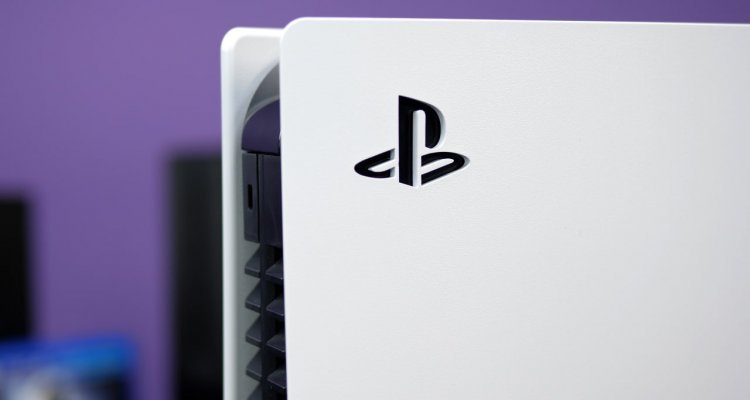
The firmware update 2.0 of PS5 is getting closer, but it is already available in beta. Digital Foundry took advantage of this to test one of the most important features that will be introduced: support for NVMe M.2 SSD. The newspaper made a comparison between the speed of the internal SSD and the new SSD compatible with PlayStation 5. You can see the results in the video above: we have summarized the details in the text below.
Digital Foundry used a Samsung 980 Pro SSD 500GB which reaches 6500MB / s of bandwidth, which is beyond the minimum speed of 5500MB / s required by Sony. Digital Foundry also added a heatsink, a Gigabyte Auros. The magazine then explained that, despite being more complex than Xbox Series X | S required, inserting the additional SSD on PS5 takes less than 10 minutes.
They also explain that, first thing after inserting it, you will be prompted to format the SSD. PS5 then performs a test of speed. Later, you can also change the settings so as to choose the additional SSD as the preferred storage memory for installing the games.
Digital Foundry then explains that it has performed some tests with Ratchet & Clank Rift Apart, which was built around the advantages guaranteed by the SSD. The game is great, but it actually suffers from some minor loading issues when jumping between portals and minimal frame drops from time to time with the internal SSD (minor limitations that most won’t even notice by eye). Using an external M.2 SSD, i results they were practically identical to those of the SSD, with the same “problems” appearing in the same points.
Speaking of loading times, Digital Foundry first of all did some testing with PS4 games started via PS5 backwards compatibility. Tests have seen the external SSD come out the winner on most occasions, even with minor differences. For example, The Witcher 3 (Novigrad loading center) went from 48.01s to 44.67s. Final Fantasy 15 (Lestallum) went from 29.18s to 27.60s. While Fallout 4 (Diamon City) has gone from 15.27s to 14.17s. Battlefield 5, on the other hand, had an advantage with the PlayStation’s internal SSD, going from 31.58s to 34.53s. Overall, the differences are minimal.
Even in the case of PS5 native games, the differences between the internal SSD and the Samsung 980 Pro are minimal. A Plague Tale Innocence (Mission 1) went from 15.13s to 14.92s. Star Wars Jedi: Fallen Order (Bracca) has instead gone from 15.30s to 15.35s. It is always a few tenths of a second of difference, positive or negative.
Digital Foundry then ran tests of copy of the games. Moving Cyberpunk 2077 (102GB) from the PS5’s internal SSD to the Samsung 980 Pro took 1 minutes and 11 seconds. Doing the opposite, however, took 7 minutes and 18 seconds. Basically, it’s much quicker to move games to the new SSD than to return them to the PlayStation 5’s internal one.
Making a comparison with Xbox Series X, the magazine claims that moving Cyberpunk 2077 from the internal SSD to the Seagate expansion memory takes longer than on PS5. However, if we want to move a game from external memory to the Xbox Series X internal SSD, it will take less time than it does on PS5.
Overall, however, even without considering possible improvements introduced with the PS5 firmware version 2.0, the difference between the internal SSD and an external NMVw M.2 is hardly noticeable: there are no performance losses, games like Ratchet & Clank Rift Apart run the same way and loading speeds are sometimes slower on the external SSD.
In conclusion, Digital Foundry claims it will do other tests with other SSDs. Finally, even according to The Verge the differences between M.2 SSDs are minimal, even on the slowest compatible model.
!function(f,b,e,v,n,t,s)
{if(f.fbq)return;n=f.fbq=function(){n.callMethod?
n.callMethod.apply(n,arguments):n.queue.push(arguments)};
if(!f._fbq)f._fbq=n;n.push=n;n.loaded=!0;n.version=’2.0′;
n.queue=[];t=b.createElement(e);t.async=!0;
t.src=v;s=b.getElementsByTagName(e)[0];
s.parentNode.insertBefore(t,s)}(window, document,’script’,
‘https://connect.facebook.net/en_US/fbevents.js’);
fbq(‘init’, ‘1624156791000312’);
fbq(‘track’, ‘PageView’);
